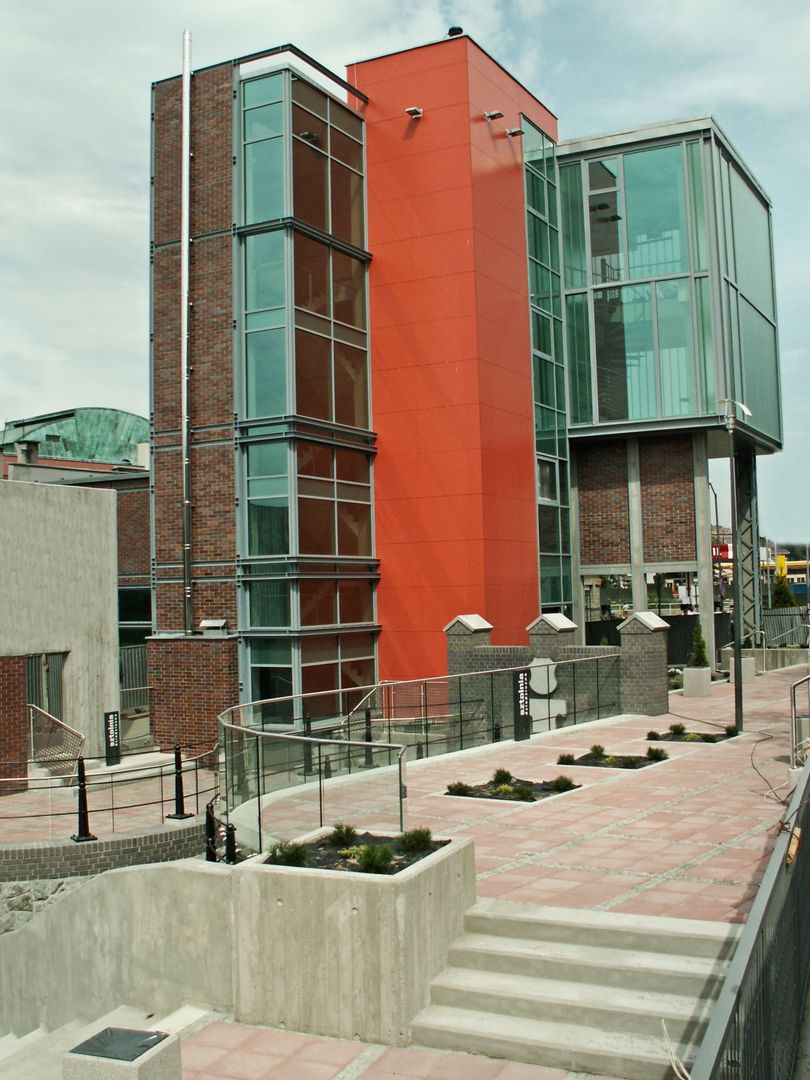Main Key Hereditary Adit
7.38

Overview
The Main Key Hereditary Adit, known as the Queen Louise Adit, is a unique underground water channel built between 1800 and 1869 in Upper Silesia, with a length of 14.25 km. Created primarily for the Queen Louise coal mine, it was the largest hydrotechnical structure in European coal mining. Designed by Friedrich Wilhelm von Reden and John Baildon, modeled on similar constructions in England and Hungary, the adit aimed to drain mines and transport extracted material to the Gliwice smelter. Construction began in 1799, and the adit was excavated manually using 22 ventilation shafts, achieving a gradient of 12.35 meters. The total construction cost exceeded 889,000 thalers. Although coal transport by boats began as early as 1806, the development of modern steam engines in the second half of the 19th century diminished the adit's importance. Until 1953, it was used as a sewage collector until its complete closure. After years of neglect, revitalization work began in 1998 to make the adit accessible to tourists. In 2017, a 1.5 km tourist section was opened, followed by another segment with an underground boat ride in 2018. The adit is not only an example of hydrotechnical engineering but also an important part of local history and culture, offering a deep dive into the heritage of hard coal mining in Silesia.
Location
Tickets
Powered by GetYourGuide
2025 Wizytor | All Rights Reserved